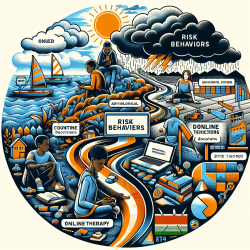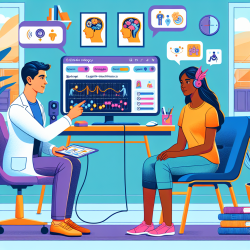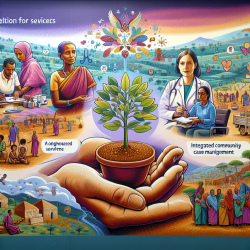Introduction
In the ever-evolving landscape of clinical education, the integration of innovative learning environments is paramount. As a Special Education Director, it is crucial to explore how different educational models impact student development, particularly in communication skills. The research article titled "Student self-reported communication skills, knowledge and confidence across standardised patient, virtual and traditional clinical learning environments" provides insightful findings on this subject.
Understanding the Study
The study explored the self-reported communication skills, knowledge, and confidence of undergraduate speech pathology students across three different learning environments: traditional nursing home settings, standardized patient interactions, and virtual patient simulations. The research aimed to assess the effectiveness of these environments in enhancing students' communication competencies.
Key Findings
- All three groups reported significant improvements in communication skills, knowledge, and confidence post-placement.
- Students interacting with nursing home residents reported higher empathy levels compared to those in simulated environments.
- Virtual patient interactions were perceived as more challenging, yet equally beneficial in terms of skill development.
Implications for Practitioners
For practitioners seeking to enhance their communication skills, the study highlights the importance of diverse learning environments. Here are some actionable insights:
- Embrace Simulation: Incorporate virtual learning environments to provide standardized, repeatable, and safe practice opportunities. This approach is particularly beneficial for refining communication skills in a controlled setting.
- Balance with Traditional Methods: While virtual environments offer scalability, traditional settings like nursing homes provide invaluable real-world interactions that foster empathy and adaptability.
- Reflect and Adapt: Encourage students to reflect on their experiences across different settings. This reflection helps integrate skills and adapt them to various clinical scenarios.
Encouraging Further Research
The study underscores the need for ongoing research to refine and optimize clinical education models. Practitioners are encouraged to delve deeper into the efficacy of virtual learning environments and their long-term impact on communication competencies.
Conclusion
Integrating diverse learning environments in clinical education is crucial for developing well-rounded practitioners. By balancing traditional and virtual methods, we can equip students with the skills necessary to thrive in dynamic healthcare settings. For those interested in exploring the original research paper, please follow this link: Student self-reported communication skills, knowledge and confidence across standardised patient, virtual and traditional clinical learning environments.










